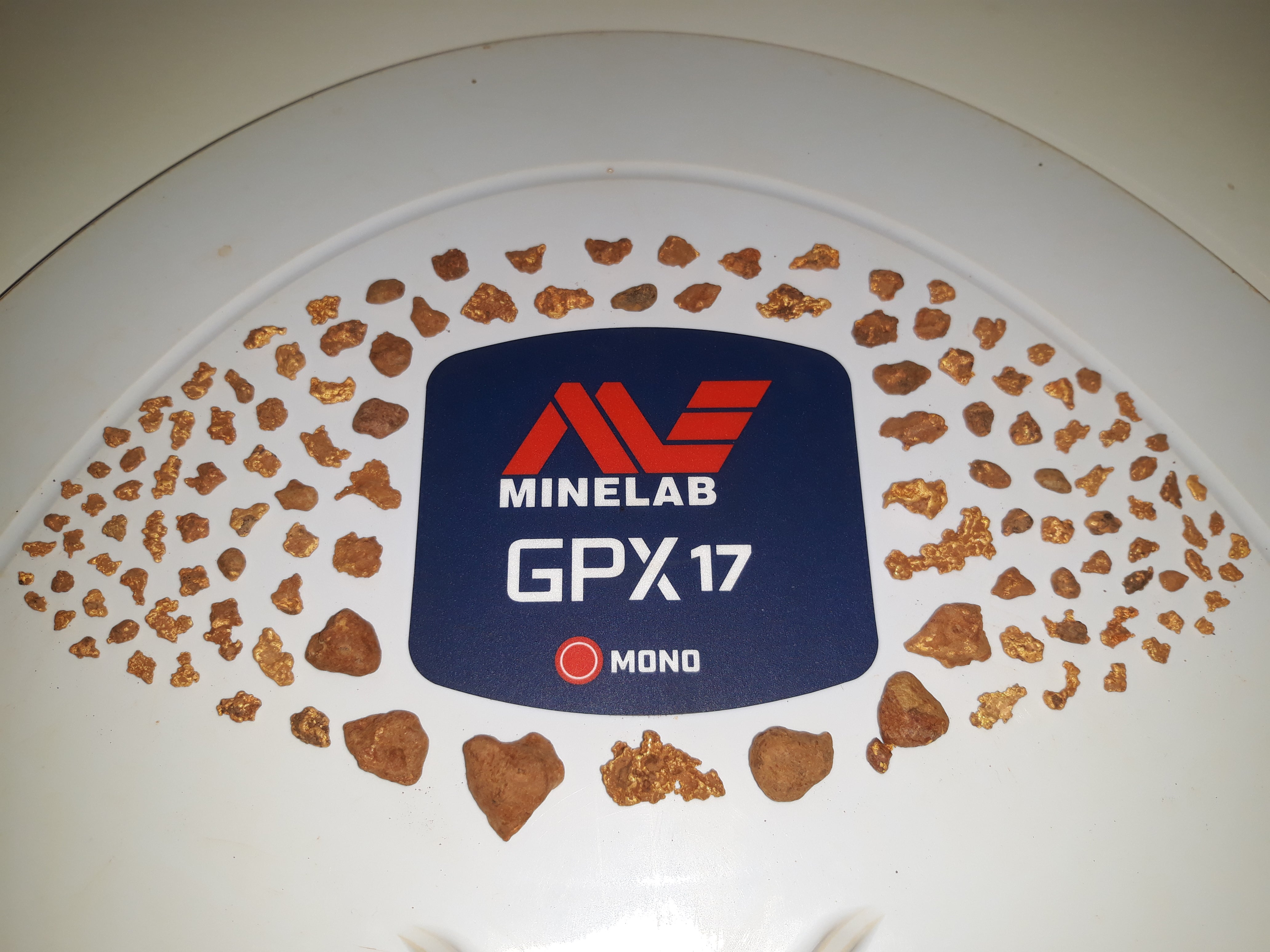News
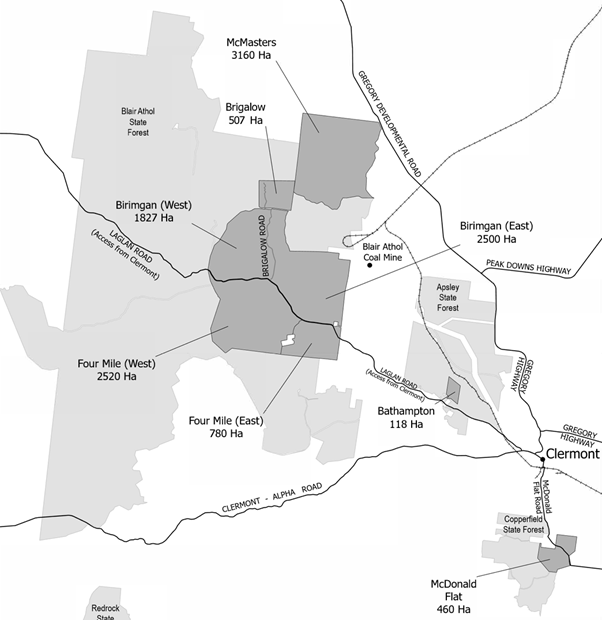
WHERE can I go detecting gold in Queensland ?
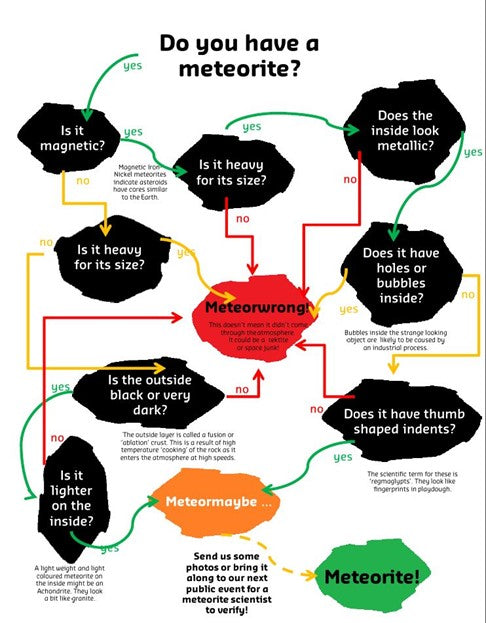
Have I Found a Meteorite ?

Aussie-made Coiltek GOLDHAWK coils

Gold Search Modes on the Equinox 900 & Manticore detectors

Minelab GPZ 7000 - a Deep Gold Getter

Tips for Gold Hunting in Western Australia - Part 3

Tips for Gold Hunting in Western Australia - Part 2
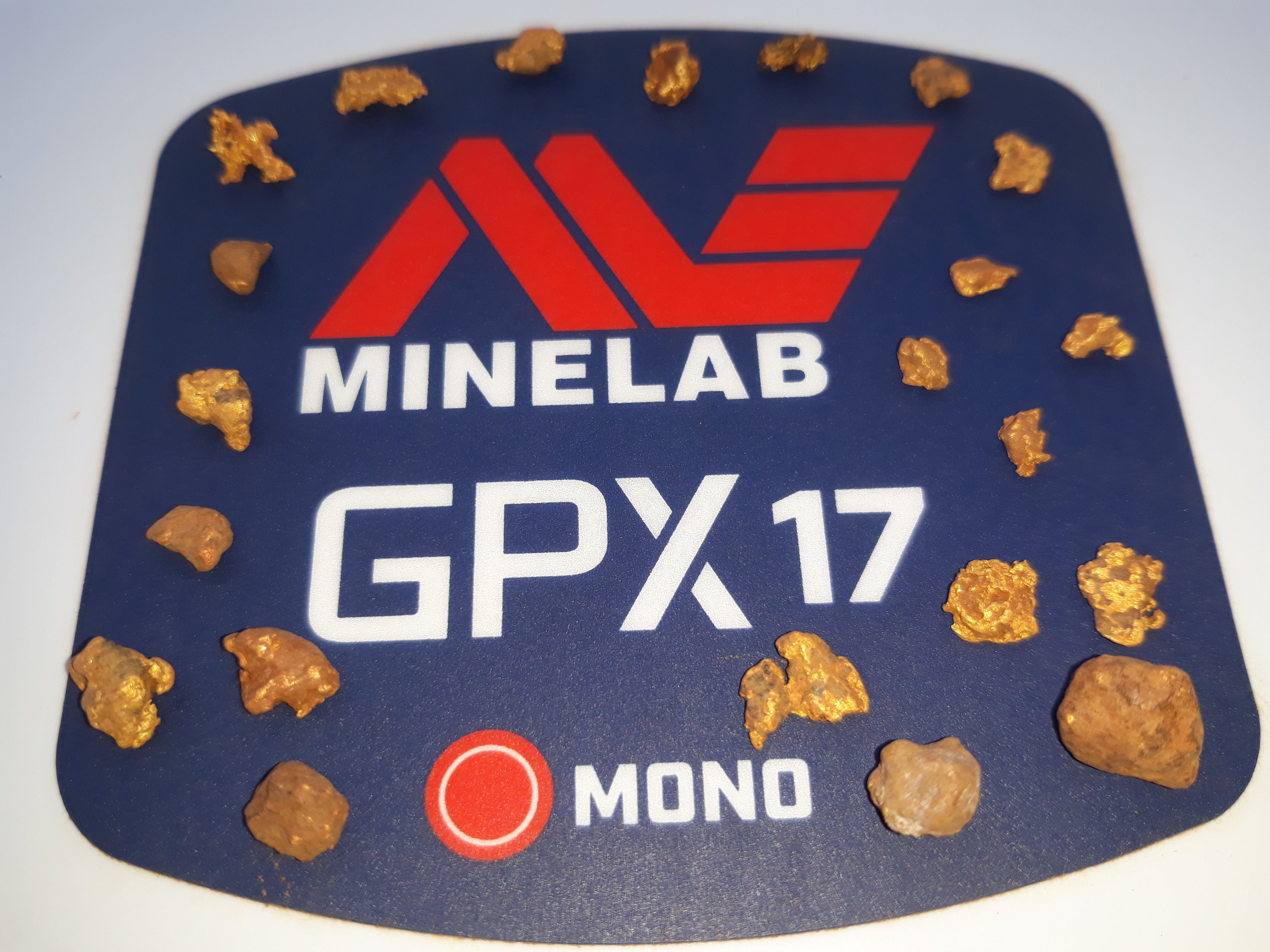
Tips for Gold Hunting in Western Australia - Part 1
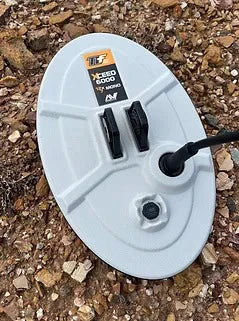
New Coils for the GPX 6000
